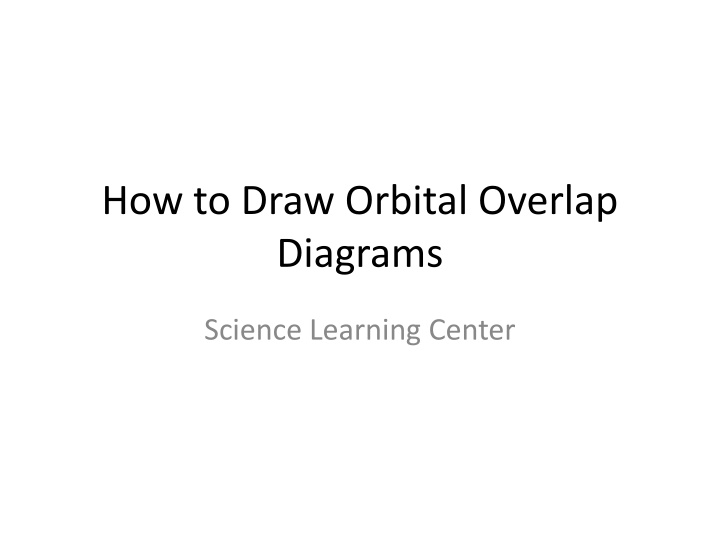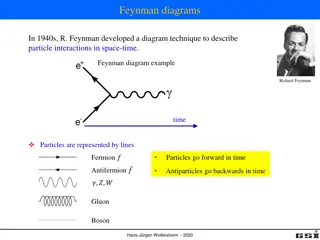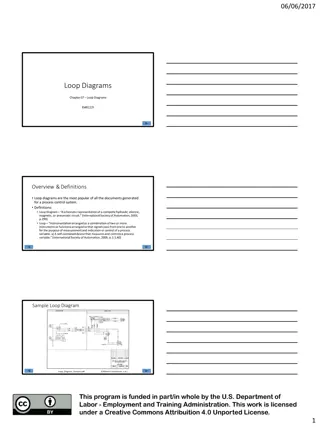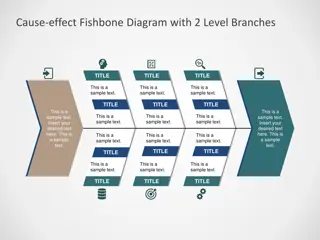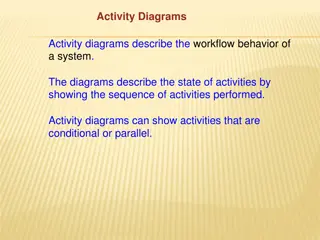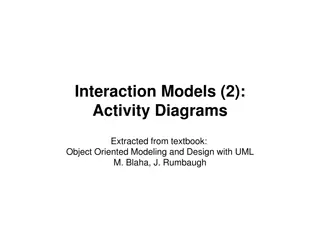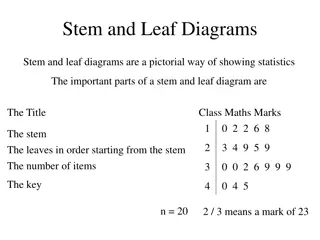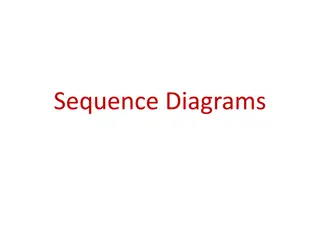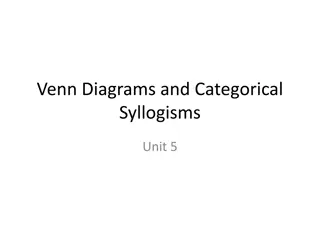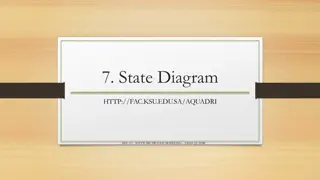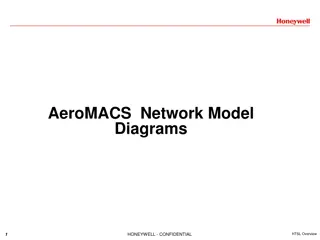Drawing Network Diagrams for Activity Relationships
The process of drawing network diagrams or arrow diagrams to represent relationships between activities. The diagrams illustrate sequencing and dependencies to aid in project management, scheduling, and resource allocation. Various examples and solutions are provided for better understanding and application in real-world scenarios.
Download Presentation

Please find below an Image/Link to download the presentation.
The content on the website is provided AS IS for your information and personal use only. It may not be sold, licensed, or shared on other websites without obtaining consent from the author.If you encounter any issues during the download, it is possible that the publisher has removed the file from their server.
You are allowed to download the files provided on this website for personal or commercial use, subject to the condition that they are used lawfully. All files are the property of their respective owners.
The content on the website is provided AS IS for your information and personal use only. It may not be sold, licensed, or shared on other websites without obtaining consent from the author.
E N D
Presentation Transcript
How to Draw Orbital Overlap Diagrams Science Learning Center
The Key Make sure that you follow the exact same steps each time. It s too easy to miss something if you do the drawings with a different order to the steps. You can change the order from what we show you here, but whatever order you use, use the same each tme.
Step 1 Draw the atoms in the same positions as the Lewis Dot Structure. Example: O C H H
Step 2 We ll be focusing on all the orbitals involved in sigma bonds (the first bond between atoms) and lone pair electrons first. Draw the s orbitals for H and the hybrid orbitals for all the other atoms. Remember that 2 groups of electrons = sp, 3 grp = sp2, 4 grp = sp3. O C H H
Step 3 Label all the orbitals. Add electrons to all the orbitals. Note that the electrons should be drawn as half arrows, not as arrows like is shown here. One should be pointing up and one should be pointing down. Add sigma symbol to all the overlaps. SP2 SP2 O SP2 SP2 C SP2 SP2 H S H S
Step 4 Now we will deal with the pi bond. Pi bonds are used to form any bond beyond the first bond (so double and triple). Recall the pi bonds are made from p orbitals. Because the C and O are sp2 hybridized, they each have a p orbital that can be used to form the pi bond. Draw one p orbital for each atom involved in the pi bond. Only label one of the orbs, because there is only one p on each atm. Add electrons one pointing up to one p orbital and one pointing down to the other p orbital. Show the connection by drawing a line from lobe to lobe. Add pi symbol to all the overlaps. SP2 SP2 O P SP2 SP2 P C SP2 SP2 H S H S
Step 5 Draw the bond angle between any three consecutive atoms. The angle is whatever number goes with the hybridization of the central atom. In this case, that is sp2 = 120 degrees. SP2 SP2 O P SP2 SP2 P C SP2 SP2 H S H S
